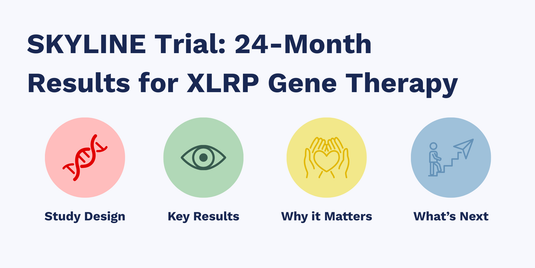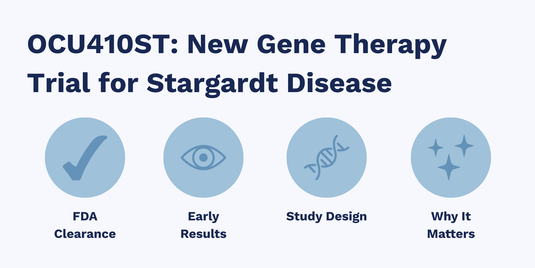Diagnosing Bardet-Biedl Syndrome
How BBS is Identified in Children and Adults
Diagnosing Bardet-Biedl Syndrome (BBS) can be challenging because it affects multiple parts of the body and symptoms may appear gradually over time. However, early diagnosis is crucial for managing the condition effectively and improving quality of life.
Recognizing the Signs
BBS is often suspected when a combination of hallmark symptoms is present. These may include:
- Progressive vision loss (often starting in childhood)
- Obesity beginning in early childhood
- Extra fingers or toes (polydactyly)
- Kidney abnormalities
- Learning or developmental delays
Because no single symptom confirms the diagnosis, doctors look for a pattern of features that are consistent with BBS.
Clinical Diagnosis
Physicians typically use clinical criteria to evaluate whether an individual may have BBS. These criteria include:
- Primary features: such as retinal degeneration, polydactyly, obesity, kidney problems, and cognitive impairment.
- Secondary features: like delayed speech, diabetes, or genital anomalies.
Typically, a diagnosis can be made if a person has at least four primary features or a combination of primary and secondary features.
Genetic Testing
Once BBS is suspected, genetic testing is the most definitive way to confirm the diagnosis. Testing can:
- Identify mutations in one of the known BBS-related genes
- Provide information for family members and future pregnancies
- Rule out similar conditions with overlapping symptoms
In some cases, genetic results may be inconclusive—meaning the clinical symptoms still guide diagnosis and care.
When is Diagnosis Typically Made?
Diagnosis may occur at various stages of life:
- Infancy or childhood – when polydactyly, developmental delays, or early vision loss are noticed
- Adolescence or adulthood – if symptoms progress slowly and go undiagnosed early on
Why Early Diagnosis Matters
Identifying BBS early allows families and care teams to take action before complications arise. Early diagnosis can help with:
- Monitoring and protecting kidney function
- Providing educational and developmental support
- Planning for vision loss with tools and therapies
- Managing weight and metabolic health
Up Next: Treatment Options for Bardet-Biedl Syndrome
In our next article, we’ll explore how BBS is managed day to day—including medical care, therapy, and lifestyle strategies that can improve quality of life for those living with this complex condition.


